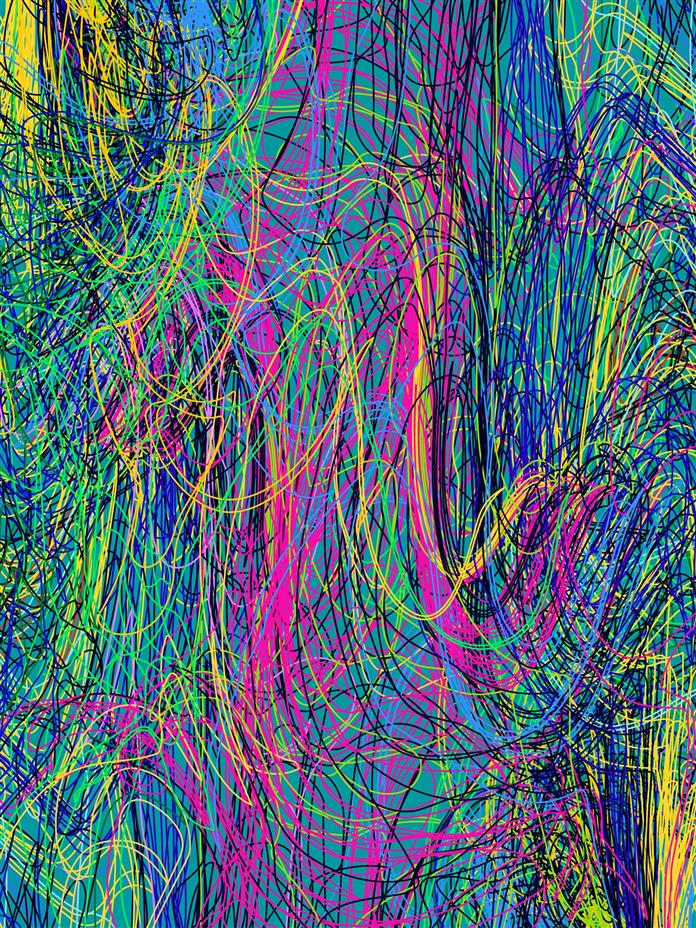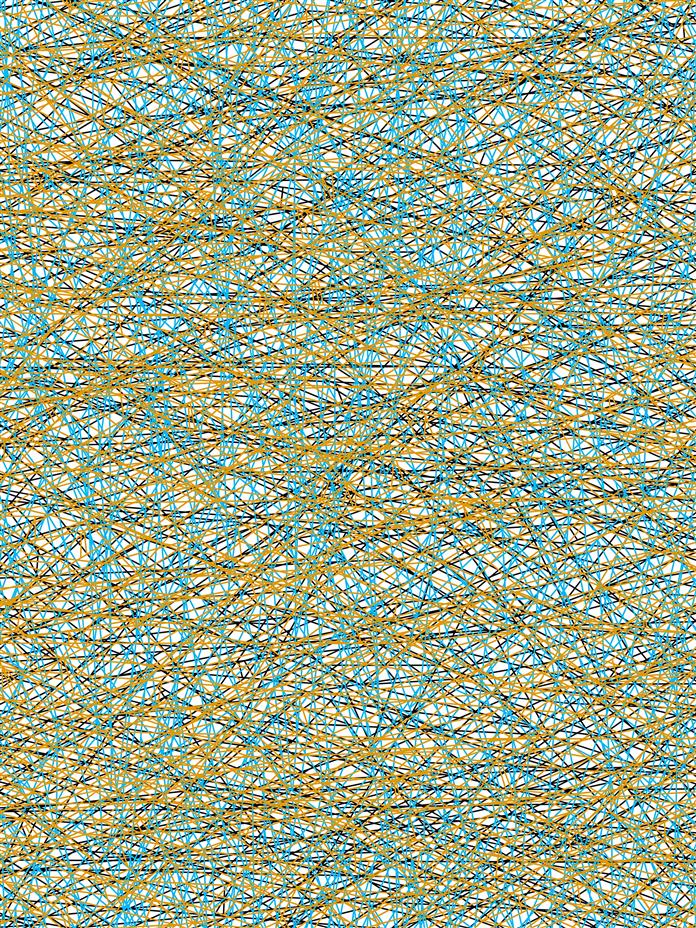
Tap to Read ➤
Causes and Treatment of White Spots on the Face
Kalpana Kumari


The loss of pigment-producing cells called melanocytes could give rise to the development of white patches on one's face or other parts of the body. This story provides information on the contributing factors for white spots on face.

There are several skin disorders that can have an adverse effect on the skin. The color of our skin is determine by melanin, which is a pigment that is produced by specialized cells that are called melanocytes. When we are exposed to sun, the production of melanin increases so as to provide protection against the ultraviolet rays of the sun.

There are certain conditions wherein the production of melanin decreases. This gives rise to loss of skin color. This condition is referred to as hypopigmentation. Under such circumstances, the skin appears blotchy, which can be a cause of cosmetic concern.

Most individuals feel more concerned when hypopigmentation affects the facial skin. The loss of melanin could be indicative of certain disorders, which are discussed in the following sections.

Causes

Vitiligo
Melanocytes are the cells that produce melanin, which is the pigment that gives your skin a characteristic color. The loss of melanocytes causes white spots on the skin. This condition is referred to as vitiligo. The white patches can be sensitive to sun. Face, neck, finger tips, toes, body folds (armpits, groin), navel, and genitalia are parts of the body that are more likely to get affected.

Nevus Depigmentosus
This skin disorder is characterized by the development of white spots. It occurs when melanocytes on some part of the skin do not produce enough pigment. These spots could develop on any part of the body.

Pityriasis Alba
Pityriasis alba is a condition that is characterized by the development of pale patches on the skin. It mostly affects children, especially dark-skinned children. Initially, round or oval, slightly scaly pink patches appear, which leave behind pale patches, after the redness has faded. It is a self-limiting condition that clears on its own.

Idiopathic Guttate Hypomelanosis
Idiopathic guttate hypomelanosis is a skin disorder that is characterized by the formation of 2-5 mm smooth, light-colored spots. The term 'idiopathic' means that the cause of this condition is unknown, 'guttate' means tear-drops, and 'hypomelanosis' refers to the lighter color that is observed in the affected areas.

This particular disease affects those skin parts that are commonly exposed to sunlight such as face, shins and forearms. However, it may occur on chest, shoulder and back as well.

Tinea Versicolor
Tinea versicolor is a skin infection that leads to the formation of white spots on face, neck, hands, chest, or any other body part. The causative agent is a fungus called Pityrosporum ovale. Prolonged exposure to sunlight may worsen the condition. It is more prevalent in areas that have a hot and humid climate.

Treatment
The treatment would depend on the underlying cause. Usually, topical application of creams and lotions containing steroids is recommended. The affected individual should avoid exposure to the ultraviolet rays of the sun. There are certain precautionary measures that you could follow to improve the condition of your skin. These include:

➞ Minimize direct exposure to the sun, as exposure to the harmful ultraviolet rays of the sun can worsen the condition.

➞ If you have to spend times outdoors, make sure that you apply a sunscreen with a high SPF. Apply it at least half an hour prior to exposure.

➞ Wash your face twice a day with a mild antibacterial face wash.

➞ Keep your face moisturized, as dryness can make one susceptible to skin disorders.

➞ In case of a fungal infection, application of an antifungal cream would prove beneficial.

➞ Use a mild scrub with exfoliating granules to remove dead skin cells. Avoid exfoliation in case of fungal infection.

➞ Apply a cream containing ketoconazole on the white spots. Keep it on for 15 minutes before rinsing with water.

➞ Soak fenugreek seeds overnight in a glass of water. Wash your face with this water the next morning.

➞ Apply aloe vera pulp on the white spots for fast recovery.

Besides minimizing exposure to the sun, do follow a skin care regimen to improve the condition of your skin. Also, stay hydrated and follow a healthy diet.

Disclaimer: The information provided in this story is solely for educating the reader. It is not intended to be a substitute for the advice of a dermatologist.